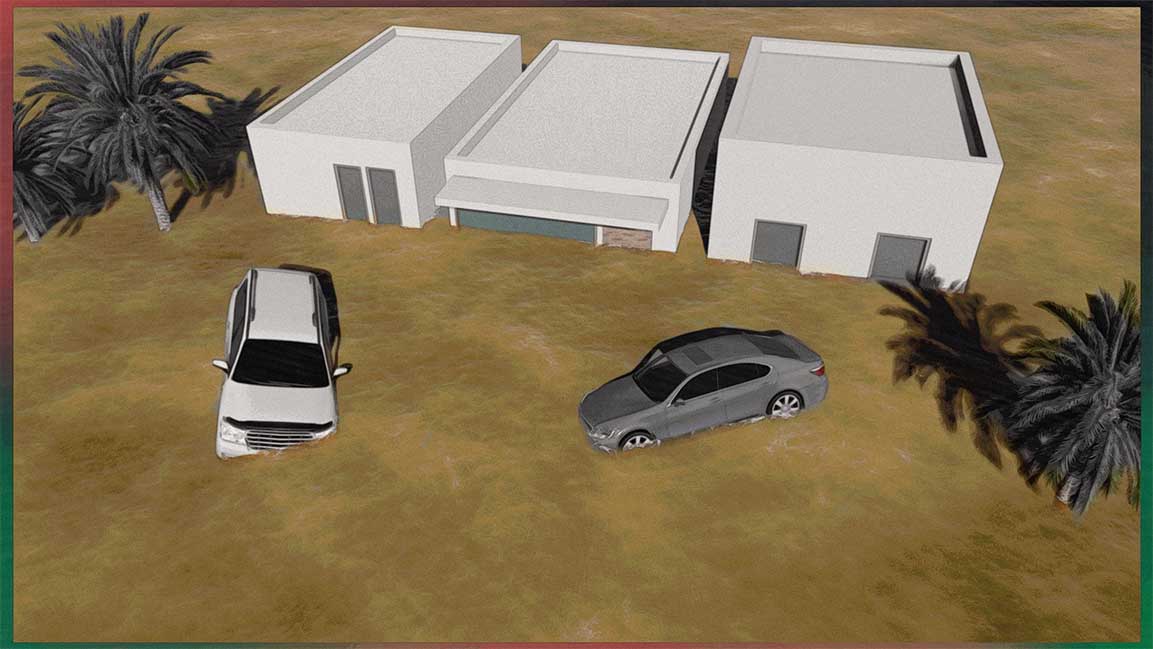- | 11:00 am
Why was the Libya flooding so catastrophic?
The flooding was greatly exacerbated by corruption, aging infrastructure, and inadequate warnings

Now accepting applications for Fast Company Middle East’s Most Innovative Companies. Click here to apply.
People, buildings, homes, and infrastructure were “wiped out” when a 7-meter wave hit the eastern Libyan city of Derna earlier this week.
As bodies washing up on Derna’s shores continue to be retrieved, the death toll increases.
The Libyan Red Crescent has reported that 11,300 people have been killed and 10,100 are missing, but local officials believe the death toll is much higher.
The flood has displaced at least 30,000 people. Embankments with entire neighborhoods on top have been destroyed or washed away, and infrastructure, including the city’s bridges, has been destroyed.
The flood also severed power and water supplies, but the UN Office for the Coordination of Humanitarian Affairs (OCHA) reported on Wednesday that electricity and internet services had been partially restored.
But why was Libya so vulnerable to floods?
The cause of the flood was a powerful storm called Storm Daniel, which had already pummeled other Mediterranean countries, swept into Libya over the weekend and unleashed record amounts of rain.
The rain filled a normally dry riverbed in the hills south of Derna. The pressure was too much for two dams built to protect the city from floods, and they collapsed. This unleashed a torrent of water that ran through the city, causing widespread destruction.
Experts say that apart from the strong storm, Libya’s catastrophe was greatly exacerbated by corruption, aging, infrastructure, inadequate warnings, and the impacts of the accelerating climate crisis.
Also, years of political infighting, with Libya divided between two rival administrations, have made the country unprepared to tackle such an event.
The head of the World Meteorological Organization (WMO) said that Libya’s floods could have been avoided without a functioning weather service.
In a research paper published last year, hydrologist Abdelwanees A. R. Ashoor of Libya’s Omar Al-Mukhtar University also warned of the risk of flooding in Derna, due to repeated flooding of the seasonal riverbed, or wadi, and called for immediate steps to ensure regular maintenance of the dams.
According to Reuters, the highest death toll estimate so far is from Mayor Abdulmenam Ghaithi, who told a broadcaster that there could be 18,000 to 20,000 dead based on the number of districts hit.
The damage to infrastructure is severely hampering relief efforts in Derna, Libya. According to the UN Office for the Coordination of Humanitarian Affairs (OCHA), all three bridges in the city have been destroyed.
Libyan officials have emphasized the need for search and rescue support, and rescue teams have arrived from several countries, including Egypt, Tunisia, the United Arab Emirates, Turkey, and Qatar.
Derna Mayor Abdulmenam Ghaithi has expressed fear of an epidemic, as many bodies remain to be recovered.
Libyan officials say the country has never faced a catastrophe of this scale. The country’s fractured political situation has complicated the response.
































